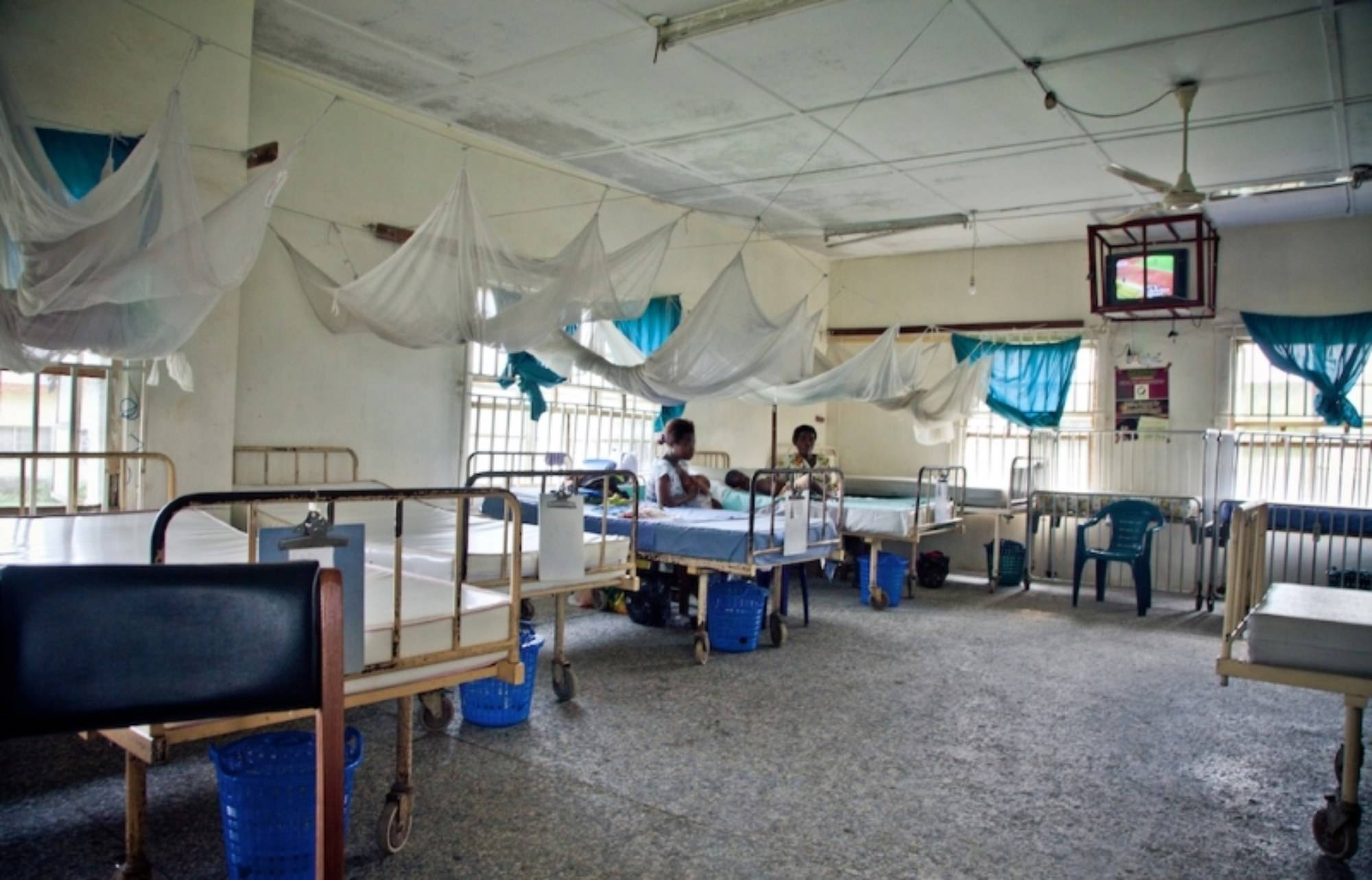Things have reached a boiling point at Tamale Teaching Hospital (TTH), and the ripple effects are being felt far beyond its corridors. Doctors and health workers have downed their tools in protest, an act not taken lightly, especially in a system already under strain. In the eye of the storm is the sudden removal of the hospital’s CEO, Dr. Atik Adam, a move that has divided opinion and sparked a fresh wave of unrest.
Read Also: A new era for Anloga: Sandra Kpedor takes the Helm
Now, the Minister of Health, Kwabena Mintah Akandoh, finds himself in the hot seat, urging medical staff to end the strike and return to the table for discussions. His appeal is simple: for the sake of the patients, let’s talk. And yet, as the saying goes, “You can’t mend a broken fence by shouting across the yard.â€
The strike didn’t appear out of thin air. It followed explosive allegations against Dr. Adam, claims of mismanagement and a medical error that tragically resulted in a patient’s death. The Minister’s surprise visit to TTH was swiftly followed by the CEO’s dismissal. Some called it decisive leadership. Others? A knee-jerk reaction. A classic case, perhaps, of “cutting off the head to cure a headache.â€
The next day, speaking to the press, the Minister struck a more conciliatory tone. He acknowledged the frustrations of the hospital staff and pledged to support them in finding a long-term fix. “I’m here to look out for your interests,†he said. Noble words, but in this climate, words alone may not be enough.
The Ghana Medical Association (GMA) certainly doesn’t think so. They’ve come out swinging, accusing the Minister of overstepping his bounds and demanding an apology. To them, Dr. Adam’s removal was less about justice and more about optics, “Throwing out the baby with the bathwater,†as the elders would put it.
But this saga isn’t just about one man losing his job. The Minister, to his credit, did raise a crucial issue, one that goes far beyond TTH: the way Ghana handles hospital equipment and resources. He warned that government bailouts every time something breaks down aren’t sustainable. Hospitals, he said, must take greater responsibility for maintenance and budget planning. In essence, “A stitch in time saves nine.â€
And he’s not wrong. If anything, this situation has laid bare a deeper truth: the health system is crying out for more than temporary fixes. What it needs is structural reform—leadership that inspires confidence, planning that anticipates challenges, and communication that fosters trust. Because “When elephants fight, it is the grass that suffers.†And right now, the grass is the patients left in limbo, waiting for care in a time of crisis.
The path forward won't be paved with blame or quick dismissals. It lies in collaboration, transparency, and above all, empathy. Leadership must be exercised not just with authority, but with wisdom. After all, “A good chief is known in times of trouble.â€
The hospital halls may be quiet for now, but the echoes of this moment will linger. Will this be the beginning of meaningful reform, or just another flashpoint in a system riddled with fault lines?
Time will tell. But one thing is clear: decisions made in boardrooms must never lose sight of the people lying in hospital beds. Because that’s where the real healing or the real harm happens.


